Filial imprinting has been primarily studied in species of birds. However, it is believed that many other young animals demonstrate a comparable form of learning, as well as sexual imprinting. Let’s dive in!
1. Chickens
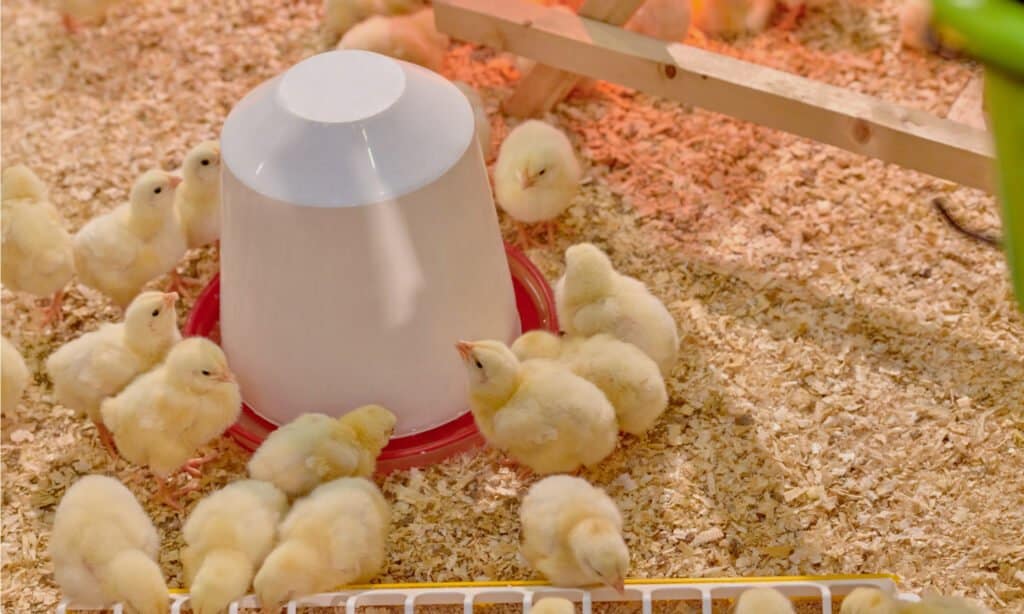
©Gedeminas777/Shutterstock.com
Filial imprinting was first observed in domestic chickens as far back as 1516. During that year, Sir Thomas More wrote in his classic treatise Utopia (according to the Nature Journal):
“They breed vast numbers of chickens by a most extraordinary method. Instead of leaving the hens to sit on the eggs, they hatch out dozens at a time applying a steady heat to them with the result that when the chicks come out of the shells, they regard the poultryman as their mother, and follow him everywhere!”
2. Geese

©Serhii Hrebeniuk/Shutterstock.com
Geese are another animal that has been extensively studied in regard to filial imprinting. In 1935 Austrian ethologist Konrad Lorenz performed a study on a large clutch of goose eggs, which seemed to prove that filial imprinting is innate and genetically programmed, writes Simply Pshychology.
Lorenz’s study involved placing half of the eggs under a goose mother as they were about to hatch. The other half, Lorenz kept in an incubator making sure he was the first moving object the goslings saw after hatching.
Lorenz even imitated a mother’s quacking when his geese hatched. The baby geese ended up regarding Lorenz as their mother and followed him around, while the other group followed the mother goose.
3. Ducks
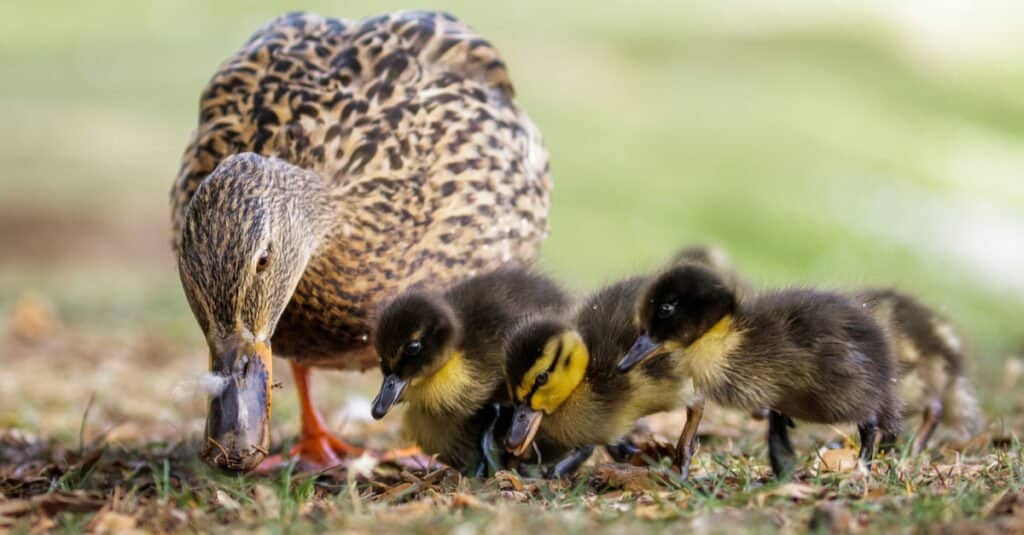
©shaftinaction/Shutterstock.com
Ducklings appear to be one of the creatures that imprint the easiest. There are many examples of ducklings imprinting on humans and following their human “parent” for life. Unfortunately, it can be quite harmful for ducklings to imprint on anything other than another duck.
For one thing, it is impossible to reverse filial imprinting in birds, writes the Wildlife Center of Virginia. Ducks that imprint on humans will identify with humans for life and have a difficult time communicating with birds of their own species.
They can also become aggressive toward humans. Imprinting on humans destroys the ducklings’ natural fear of them and they may become territorial since they see humans as a member of their own species.
4. Turkeys
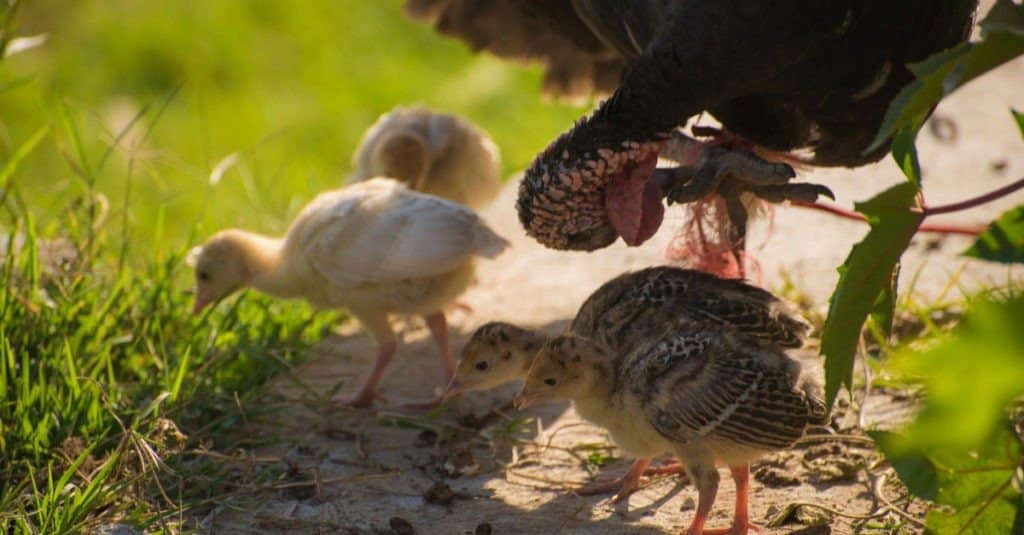
©Arturo Verea/Shutterstock.com
Imprinting is common among precocial birds and turkeys are no exception. Precocial birds are capable of walking shortly after birth, so imprinting is extremely important.
These birds must learn who to trust and follow almost immediately to stay safe. In most cases, this would be the parent, but turkeys are also capable of imprinting on humans, as was the case with naturalist Joe Hutto’s flock of wild turkeys.
5. Eagles
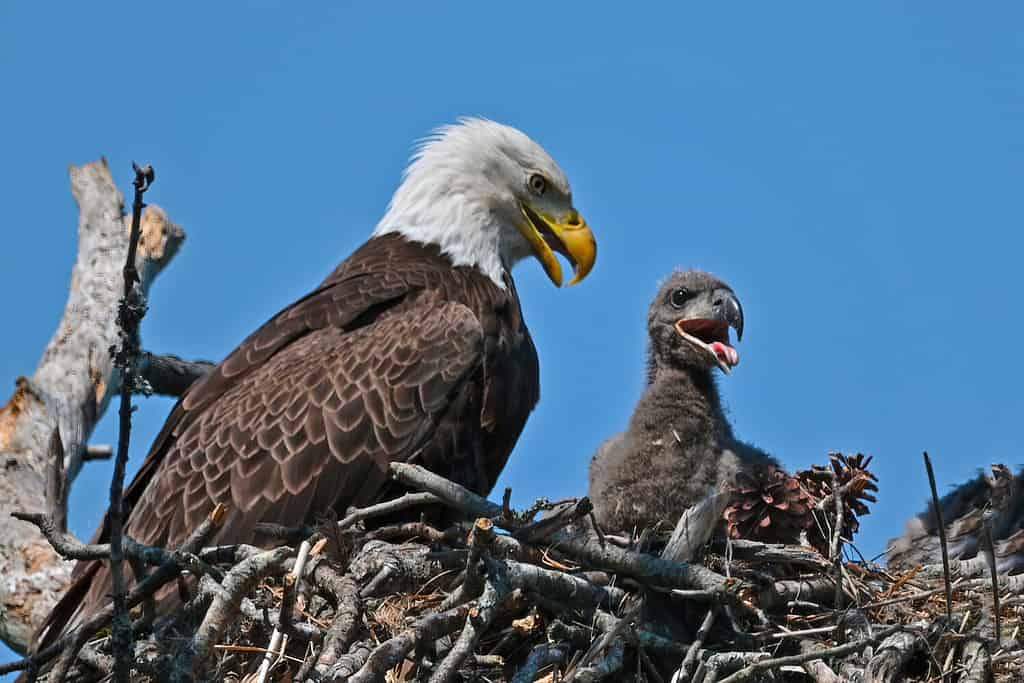
©Brian E Kushner/Shutterstock.com
Filial imprinting is not unique to precocial birds like ducks and geese. Birds of prey imprint on their parents as well. Newly hatched eagles stay in their nest for 10-13 weeks before taking their first attempts at flight.
Once an eaglet hatches it must quickly bond with its parents and learn to identify them from other species. According to the Loudon Audobon Conservancy, filial imprinting in eagles often occurs by learning to recognize their parents’ vocalizations.
6. Sheep and Goats
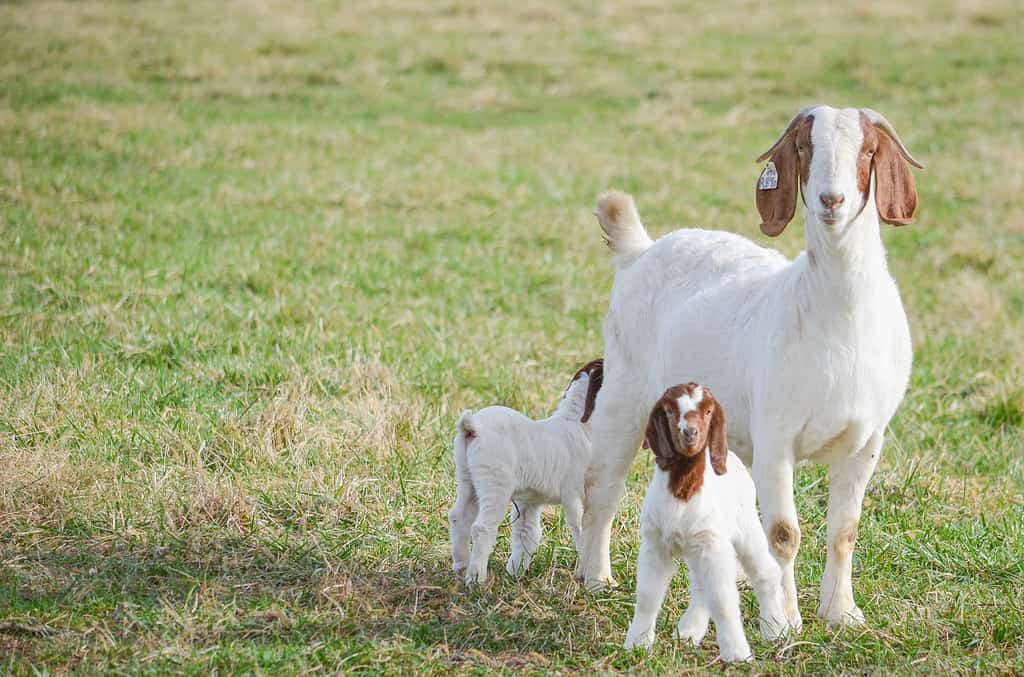
©DonnaA Country Photos/Shutterstock.com
Although imprinting is technically only associated with birds, more recent research in the 20th and 21st centuries suggests imprinting to be more flexible than Lorenz believed. For example, How Stuff Works describes a study in the 1990s, during which researchers switched sheep and goats at birth.
The baby animals were allowed to socialize with their own species while being raised by their adoptive families. The result? The animals later preferred to mate with the species of their adoptive mother. However, this is an example of sexual imprinting, rather than filial.
7. Monkeys
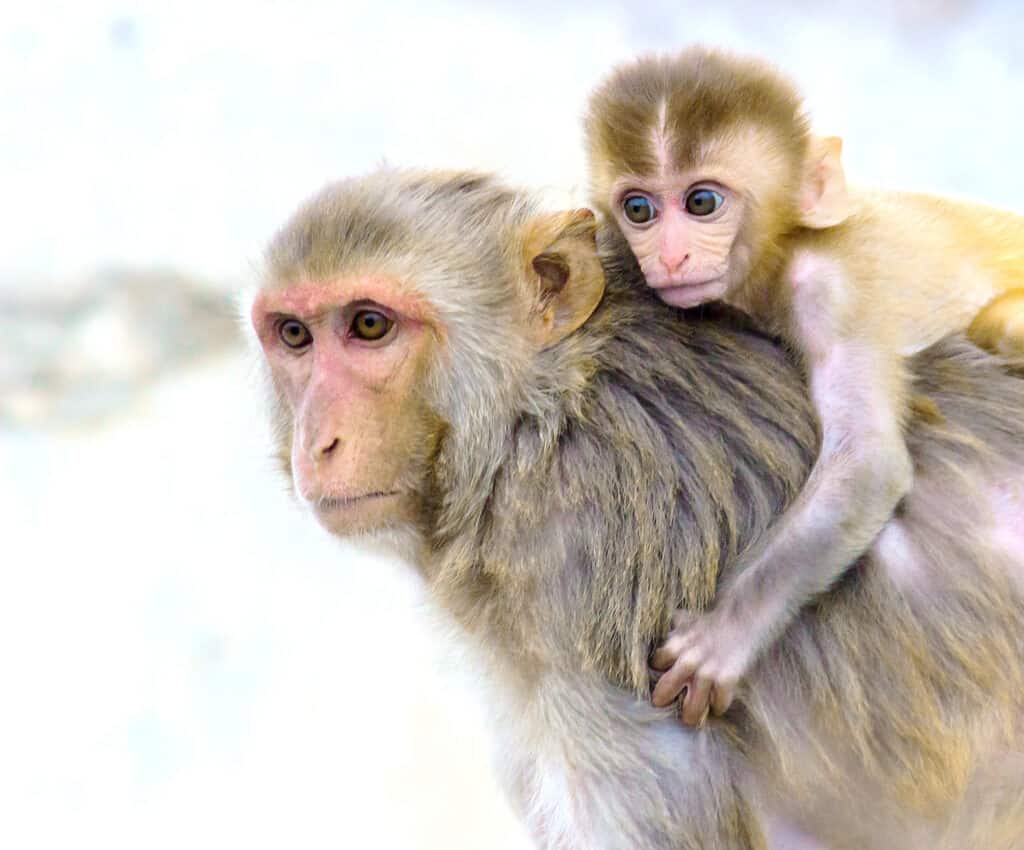
©Robert Ross/Shutterstock.com
Primates such as monkeys exhibit behavior similar to baby birds’ filial imprinting. A famous study performed by Harry Harlow involved introducing infant rhesus monkeys to inanimate surrogate mothers. The monkeys became attached to their chosen surrogate, preferring its unique face.
Harlow later introduced some surrogate “mothers” that were made of cloth, while others were only wood and wire. The experiment showed that the baby monkeys overwhelmingly preferred the cloth mother, even when the wood and wire surrogate held a bottle with food.
8. Giant Pandas
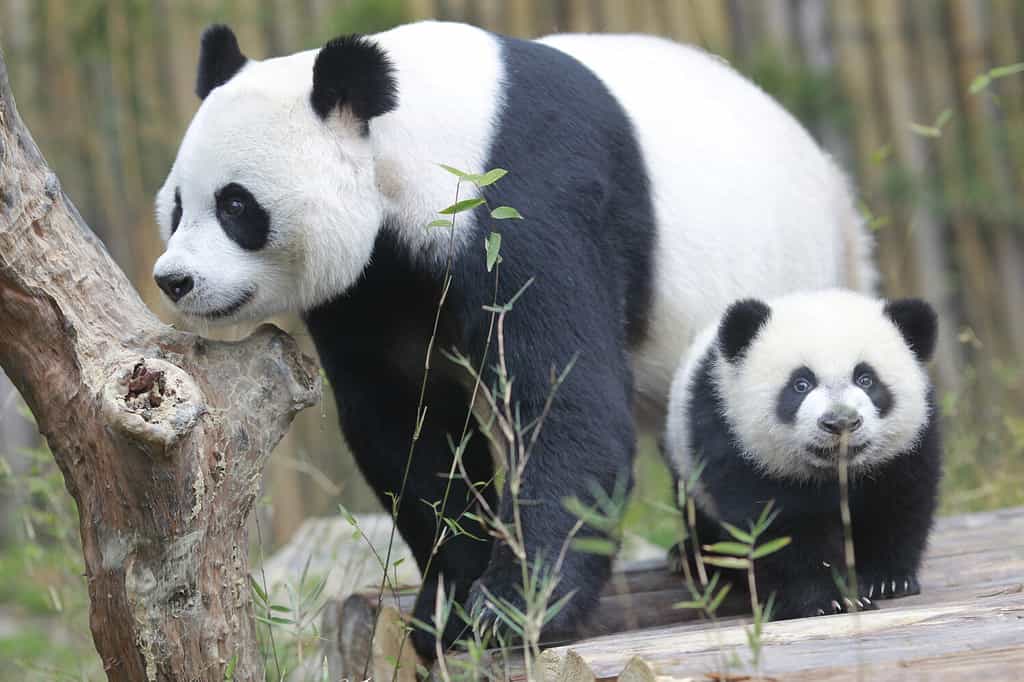
©plavi011/Shutterstock.com
Like birds, giant pandas can also be negatively affected by too much contact with humans in their early years. It is believed that giant pandas will have trouble mating with one another if handled by humans at a young age.
This is another example of sexual imprinting. The solution for many zookeepers and other humans working with these young, impressionable animals is to dress in panda suits while caring for them.





